System draws power from daily temperature swings
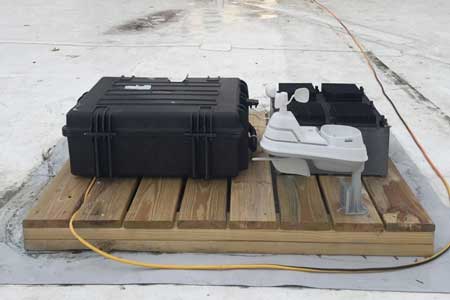 A new device can draw power out of the daily cycle of temperature swings to power remote sensors or communications systems.
A new device can draw power out of the daily cycle of temperature swings to power remote sensors or communications systems.
Feb 15th, 2018
Read more
 A new device can draw power out of the daily cycle of temperature swings to power remote sensors or communications systems.
A new device can draw power out of the daily cycle of temperature swings to power remote sensors or communications systems.
Feb 15th, 2018
Read more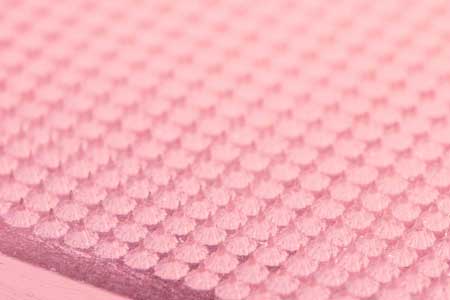 Researchers devise a new, inexpensive way to fabricate microneedles.
Researchers devise a new, inexpensive way to fabricate microneedles.
Feb 15th, 2018
Read more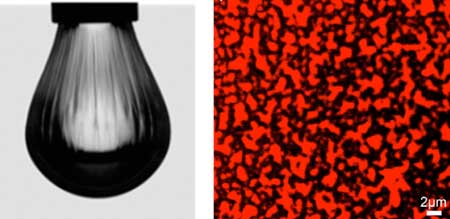 Scientists discovered a simple way to form stabilized droplets in a variety of structures. Tightly packed nanoparticle-polymer assemblies at droplet surfaces were squeezed into desired shapes assemblies with an electric field.
Scientists discovered a simple way to form stabilized droplets in a variety of structures. Tightly packed nanoparticle-polymer assemblies at droplet surfaces were squeezed into desired shapes assemblies with an electric field.
Feb 15th, 2018
Read more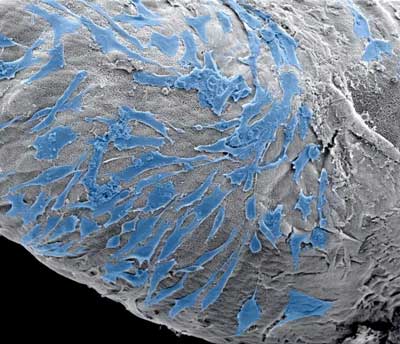 Researchers have developed a printing technique using cells and molecules normally found in natural tissues to create constructs that resemble biological structures.
Researchers have developed a printing technique using cells and molecules normally found in natural tissues to create constructs that resemble biological structures.
Feb 15th, 2018
Read more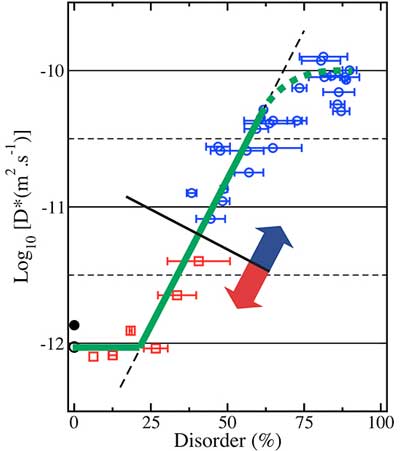 Scientists discovered a self-healing cycle for defects in ceramics predicted by advanced atomic-level simulations.
Scientists discovered a self-healing cycle for defects in ceramics predicted by advanced atomic-level simulations.
Feb 15th, 2018
Read more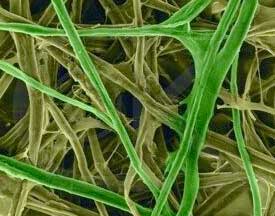 Processing of plant-based material for recycling and biofuel production is a black box. Not knowing the input makes it almost impossible to predict the output.
Processing of plant-based material for recycling and biofuel production is a black box. Not knowing the input makes it almost impossible to predict the output.
Feb 15th, 2018
Read more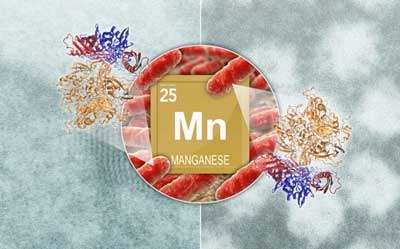 Multiple techniques to characterize an enzyme complex shed light on how bacteria create particles and contribute to global cycles.
Multiple techniques to characterize an enzyme complex shed light on how bacteria create particles and contribute to global cycles.
Feb 15th, 2018
Read more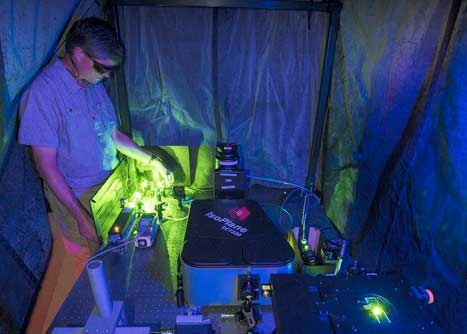 Nanotechnology researchers studying small bundles of carbon nanotubes have discovered an optical signature showing excitons bound to a single nanotube are accompanied by excitons tunneling across closely interacting nanotubes.
Nanotechnology researchers studying small bundles of carbon nanotubes have discovered an optical signature showing excitons bound to a single nanotube are accompanied by excitons tunneling across closely interacting nanotubes.
Feb 15th, 2018
Read more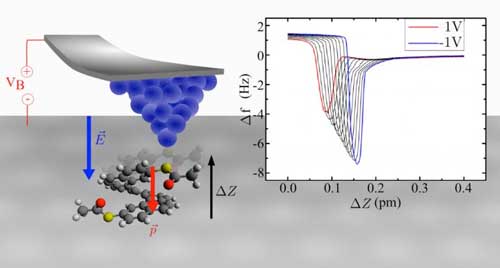 Breakthrough provides a new concept of the design of molecular motors, sensors and electricity generators at nanoscale.
Breakthrough provides a new concept of the design of molecular motors, sensors and electricity generators at nanoscale.
Feb 15th, 2018
Read more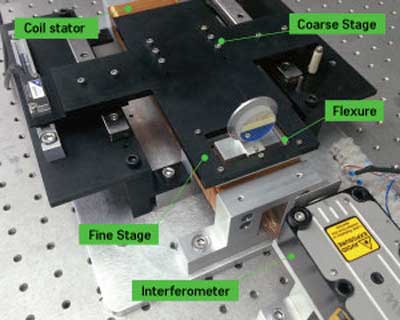 An integrated design strategy lowers the mass and costs of motors that move objects nanometers at a time.
An integrated design strategy lowers the mass and costs of motors that move objects nanometers at a time.
Feb 15th, 2018
Read more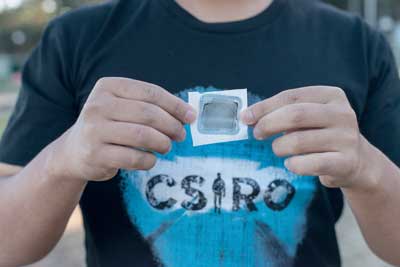 Using their own specially designed form of graphene, 'Graphair', scientists have supercharged water purification, making it simpler, more effective and quicker.
Using their own specially designed form of graphene, 'Graphair', scientists have supercharged water purification, making it simpler, more effective and quicker.
Feb 15th, 2018
Read more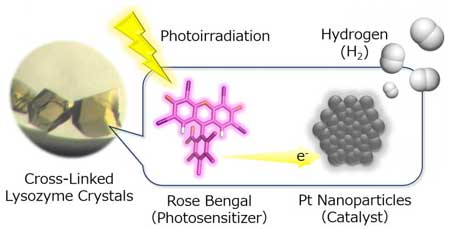 Scientists have developed a way to potentially use egg whites as a substrate to produce a carbon-free fuel.
Scientists have developed a way to potentially use egg whites as a substrate to produce a carbon-free fuel.
Feb 14th, 2018
Read more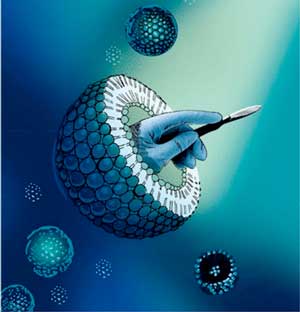 A pre-clinical study is showing that dentists could potentially reduce pain and recovery time with the aid of specialized nanotechnology.
A pre-clinical study is showing that dentists could potentially reduce pain and recovery time with the aid of specialized nanotechnology.
Feb 14th, 2018
Read more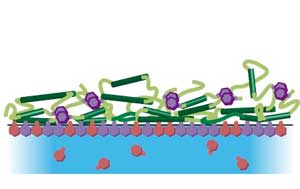 Researchers report the successful growth of skin cells at the surface of liquid oil droplets.
Researchers report the successful growth of skin cells at the surface of liquid oil droplets.
Feb 14th, 2018
Read more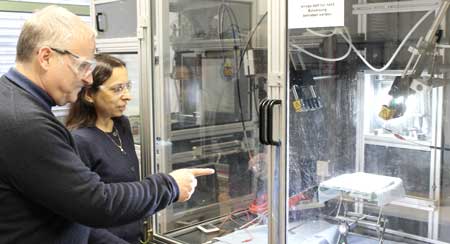 Researchers have developed new nonwoven materials that are electrically conductive as well as flexible and breathable.
Researchers have developed new nonwoven materials that are electrically conductive as well as flexible and breathable.
Feb 14th, 2018
Read more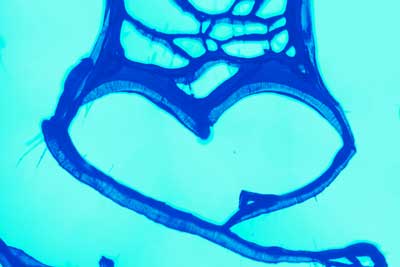 Researchers create predictable patterns from unpredictable carbon nanotubes.
Researchers create predictable patterns from unpredictable carbon nanotubes.
Feb 14th, 2018
Read more